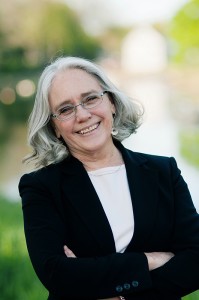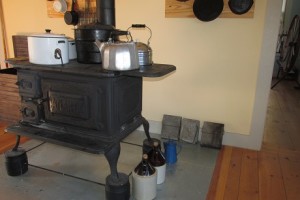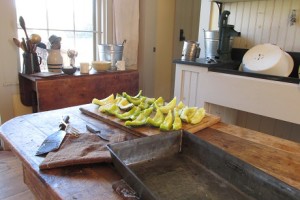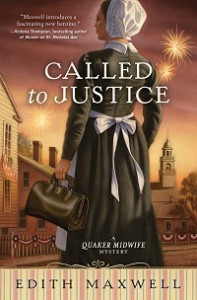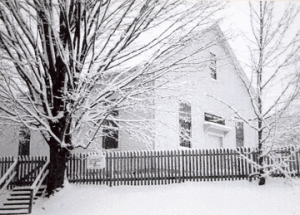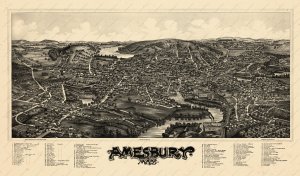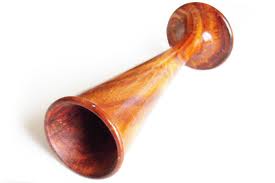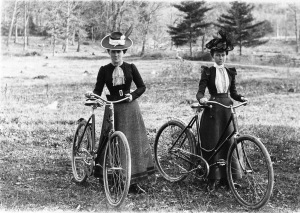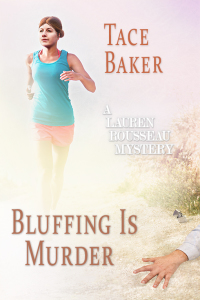Under what conditions would the Quakers, renowned pacifists, team up with an army? Historical non-fiction author Nancy Haines describes what happened in Verdun, France 100 years ago.
~~~
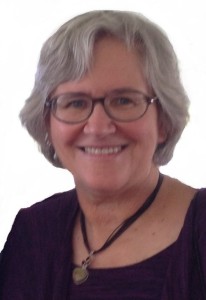 Relevant History welcomes Nancy Haines, who worked seventeen years as an engineer, then ran an antiquarian bookstore. After her retirement, she fulfilled a lifelong dream to be an author. She published a nonfiction book, We Answered with Love, about Quaker relief service in France during WWI based on the love letters of two pacifists, and a picture book about spiritual decision making for Quaker children. She is currently researching the lives of the Quakers who were the original European settlers of Hillsborough, North Carolina, where she and her husband now reside, for a nonfiction book (or possibly try her hand at a novel). To learn more about her and her books, visit her web site.
Relevant History welcomes Nancy Haines, who worked seventeen years as an engineer, then ran an antiquarian bookstore. After her retirement, she fulfilled a lifelong dream to be an author. She published a nonfiction book, We Answered with Love, about Quaker relief service in France during WWI based on the love letters of two pacifists, and a picture book about spiritual decision making for Quaker children. She is currently researching the lives of the Quakers who were the original European settlers of Hillsborough, North Carolina, where she and her husband now reside, for a nonfiction book (or possibly try her hand at a novel). To learn more about her and her books, visit her web site.
*****
The American Army fights wars, and the Quakers are pacifists. But 100 years ago, at the end of World War I, the Army and the Quakers worked together in France to relieve some of the suffering that had been inflicted on the French citizens. Since 1917, Quakers (a.k.a. Friends) from Britain and America had been working in France, building houses, establishing medical centers for civilians, and doing agricultural work. Now that refugees could return to their villages, Friends would be able to provide vital support in helping to repair buildings, distribute furniture and bedding, supply seeds and farm tools, loan out heavy agricultural equipment, and provide medical services to the French people.
Work in Verdun
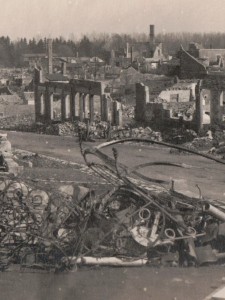 The Quakers decided to concentrate their work in Verdun, the region that was hardest hit by the German invasion. As the Allies advanced northwest of Verdun, the Army gave Quaker workers permission to move in to meet the needs of over ten thousand refugees. The fighting had been almost continuous in this area. Only about five percent of the houses were left standing and these were badly damaged. One British worker described the abandoned battlefields:
The Quakers decided to concentrate their work in Verdun, the region that was hardest hit by the German invasion. As the Allies advanced northwest of Verdun, the Army gave Quaker workers permission to move in to meet the needs of over ten thousand refugees. The fighting had been almost continuous in this area. Only about five percent of the houses were left standing and these were badly damaged. One British worker described the abandoned battlefields:
On all sides can be seen the debris of an army: shells, cartridges, rotting clothes and boots, and rusty food tins by the hundreds. It is these last which give an air of everyday reality to the scene which otherwise (so bare and blasted as it is) might be taken almost for a freak of the imagination or the work of some supernatural power. When one sees a ‘Skipper’ sardine tin amongst all this chaos, then with a jump one is brought to the astounding fact that all this destruction is the work of modern civilisation and that all the resources of civilisation are behind it.
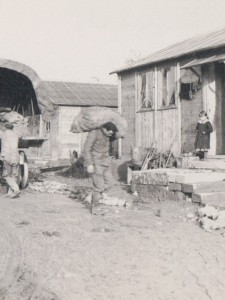 With financial assistance from the French government, the Quakers occupied the former divisional headquarters of the French and American armies. This center included barracks for the workers and barns to store supplies to support the workers, goods to be sold to the villagers, agricultural machinery, stables and breeding barns for livestock, and generators for electricity. The American Army provided trailers and fuel for distributing the supplies and building materials to the villages.
With financial assistance from the French government, the Quakers occupied the former divisional headquarters of the French and American armies. This center included barracks for the workers and barns to store supplies to support the workers, goods to be sold to the villagers, agricultural machinery, stables and breeding barns for livestock, and generators for electricity. The American Army provided trailers and fuel for distributing the supplies and building materials to the villages.
The American Army also gave Friends access to five depots or “dumps” of material and supplies that the Allies had abandoned as they withdrew from the region. Rufus Jones, in his book about the relief work in France, reported that “this material covered many acres at each “dump” and consisted of lumber, bar-iron and steel, farm and road implements of every sort, miles upon miles of barbed wire, and an almost indescribable mélange of all material which might be useful in a modern war.” The French government also allowed Friends to salvage from some of the German abandoned materials, and the national railroads agreed to carry it free of charge.
Restoring community life
The primary task in this region was to help the returning residents become independent so that they would only rely on the government for a limited time. Quakers established canteens in each village to feed the refugees until they were able to provide for themselves, hostels for people who had no other shelter, and schools for young children. The French government provided repatriation money to the residents of the villages, and the American Army supplied some equipment and transported materials. Their support enabled the Quakers to set up cooperative stores selling building materials, furnishings, and other necessities at or under cost, including many of the items they salvaged from the military dumps. When these stores became financially viable, they were turned over to the villagers to operate with the profit remaining in the community.
The French government encouraged French citizens to do the reconstruction work, so the Friends employed refugees at the headquarters and in the building projects, partly for wages and partly in exchange for the services they received. On some properties, farming was no longer viable because of the poor soil, trenches and shell holes, and the possible presence of unexploded bombs. Friends gave these families sheep, goats, pigs, chickens, and rabbits to raise and allowed them to use the barns at the former Army headquarters until their own sheds and corrals were built.
Employing German prisoners
The Allies offered the Friends the labor of German prisoners of war to help sort and load this material. The Friends were not permitted to pay the Germans, but many were willing to work to relieve the boredom. Quakers gave each German helper an opportunity to write a letter to his family and have his photograph taken. With passes provided by the Army, three Quakers undertook the arduous journey to Germany. They visited three hundred families of the prisoners, providing letters and photographs showing that their sons or husbands were in good health (unlike the German families themselves who were often undernourished and suffering). They also brought wages estimated to cover the value of the labor given by the men. Although the prisoners did not return to Germany for many more months, the visit of the Friends offered encouragement to their suffering families and the funds to help alleviate some of their hardships.
Leaving France
By early summer, the work of the Quakers had begun tapering off. They had laid the groundwork for restoring community life in the villages. Homes had been built or restored. Cooperative stores, schools, community centers, and agriculture were being run by French citizens. Finally, by the spring of 1920, the Quakers were able to turn their attention to new projects in Poland and Austria. The Quakers who had toiled in France went home to England and America or on to new postings.
*****
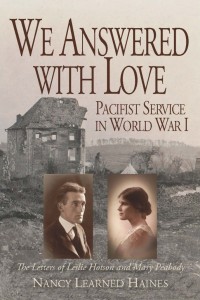 A big thanks to Nancy Haines! She’ll give away one paperback copy of We Answered with Love to a reader who contributes a comment on my blog. I’ll choose the winner from among those who comment by Friday at 6 p.m. ET. Delivery is available worldwide.
A big thanks to Nancy Haines! She’ll give away one paperback copy of We Answered with Love to a reader who contributes a comment on my blog. I’ll choose the winner from among those who comment by Friday at 6 p.m. ET. Delivery is available worldwide.
**********
Did you like what you read? Learn about downloads, discounts, and special offers from Relevant History authors and Suzanne Adair. Subscribe to Suzanne’s free newsletter.

